- Lines we cross Dawn
- Can You Spot AI-Generated Fake Faces? 5 Minutes Of Training Can Do The Trick Study Finds
- Real or deepfake? How AI can make it harder to trust pictures Nation.Cymru
- Can YOU spot the fake faces? Take the test to see if you can…
Category: 2. World
-
Lines we cross – Dawn
-
Trump signs bill to end longest shutdown – Dawn
- Trump signs bill to end longest shutdown Dawn
- ‘It’s a great day’ – Trump signs bill to end longest shutdown in US history BBC
- Trump signs deal to end longest US government shutdown in history Dawn
- A historic shutdown is over. It leaves no winners…
Continue Reading
-
Gaza mission – Dawn
- Gaza mission Dawn
- Rubio ‘optimistic’ as US advances new UN resolution to establish foreign force in Gaza The Times of Israel
- US proposal for ISF in Gaza meets pushback from Russia, China and several Arab countries TRT World
- UN Security…
Continue Reading
-
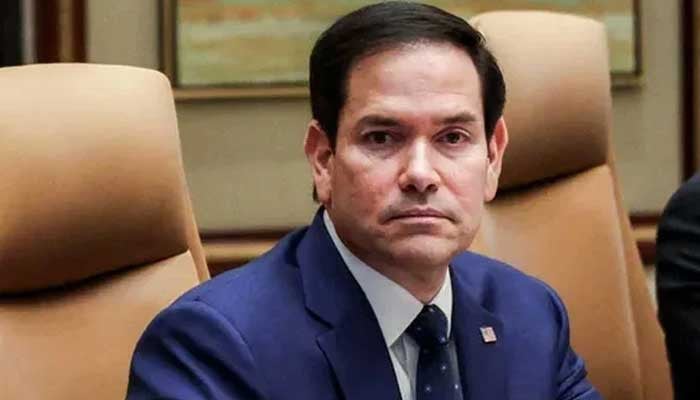
Visas can be denied for obesity, cancer and diabetes, says Rubio
WASHINGTON: The United States will consider obesity or having children with…
Continue Reading
-
Russia proposes its own UN resolution on Gaza in challenge to US draft – Reuters
- Russia proposes its own UN resolution on Gaza in challenge to US draft Reuters
- Gaza mission Dawn
- Rubio ‘optimistic’ as US advances new UN resolution to establish foreign force in Gaza The Times of Israel
- US proposal for ISF in Gaza meets…
Continue Reading
-
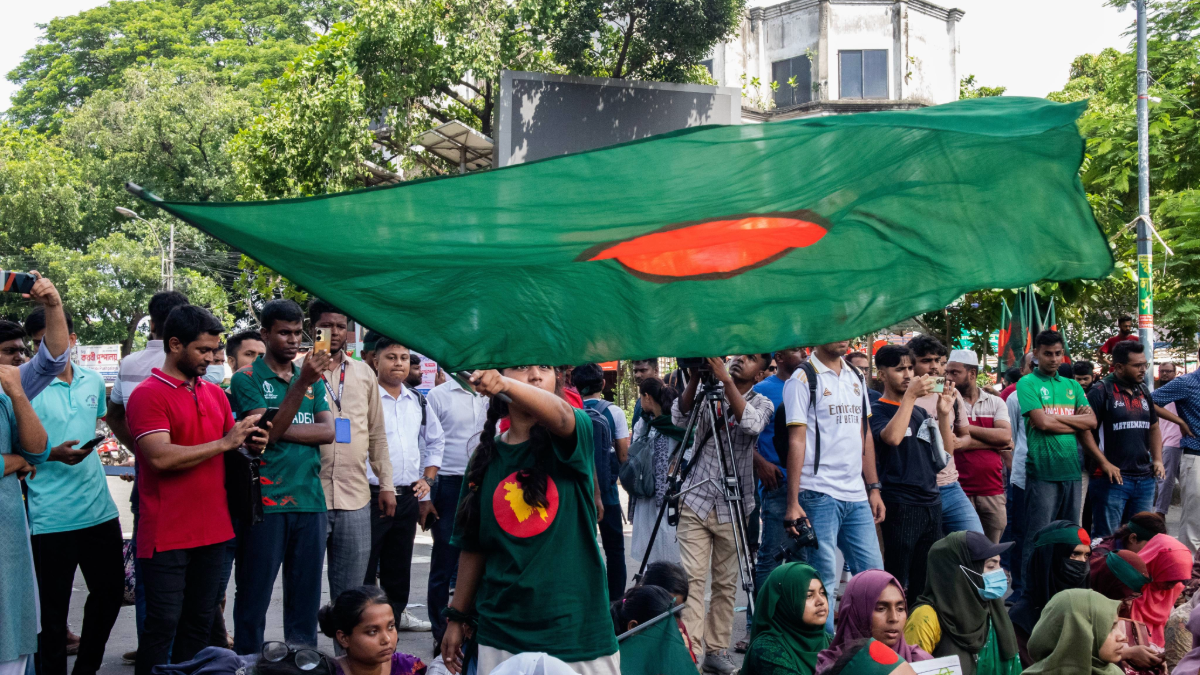
Global Internet Freedom Declines for 15th Consecutive Year
July 10, 2024. Dhaka, Bangladesh. Students protest near Dhaka University. Bangladesh “earned the year’s strongest improvement” in the annual Freedom on the Net report from Freedom House, “as a student-led uprising ousted the country’s…
Continue Reading
-

Pro-Palestinian activists use lift to scale Berlin’s Brandenburg Gate – Arab News PK
- Pro-Palestinian activists use lift to scale Berlin’s Brandenburg Gate Arab News PK
- Activists climb Brandenburg Gate to denounce Germany’s Gaza policy TRT World
- DW News facebook.com
- “Intifada” Over Berlin: Hamas Mob Turn Holocaust Memorial…
Continue Reading
-
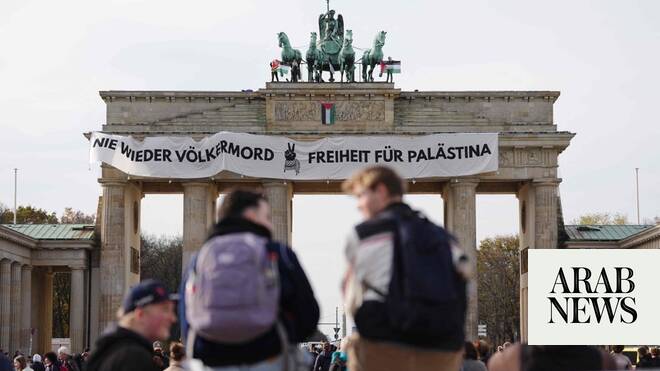
Pro-Palestinian activists use lift to scale Berlin’s Brandenburg Gate
EU renews demand that Ukraine crack down on corruption in wake of major energy scandal
KYIV, Ukraine: European Union officials warned Ukraine on Thursday that it must keep…Continue Reading
-
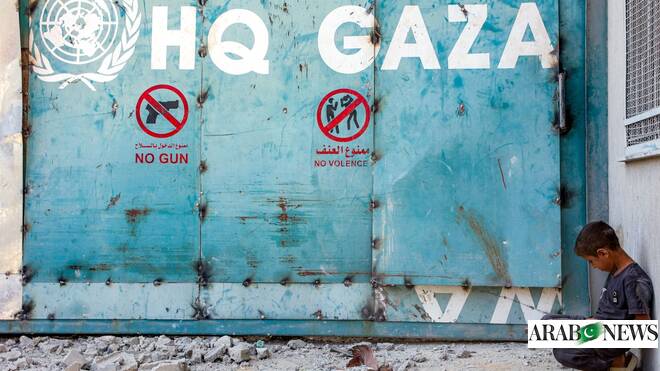
UN agency for Palestinian refugees asks for more funding
TINE: It took 16-year-old Mounir Abderahmane 11 days to reach the Tine refugee transit camp in Chad, crossing arid plains after fleeing the bloodshed in the Sudanese city of El-Fasher.
When the Rapid Support Forces…Continue Reading
-
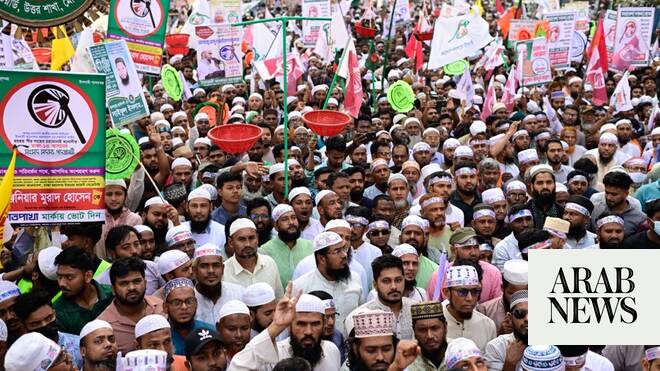
Bangladesh to hold referendum on democratic reforms on election day – Arab News
- Bangladesh to hold referendum on democratic reforms on election day Arab News
- BD to hold referendum on ‘July Charter’ The Express Tribune
- ‘Yes/No’ on 4 proposals: A case of Hobson’s choice daily-sun.com
- Bangladesh: Jamaat, allies slam Yunus…
Continue Reading